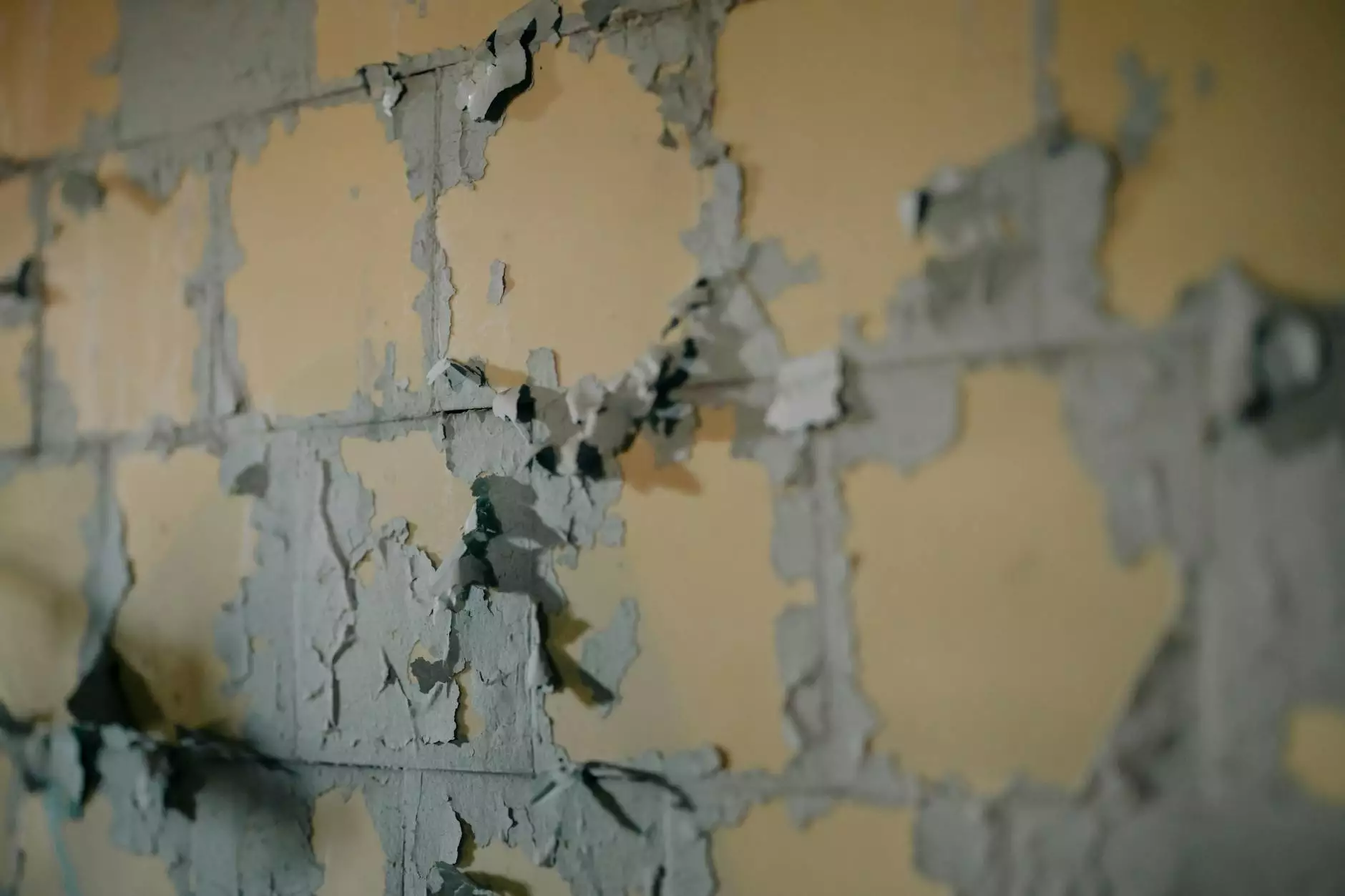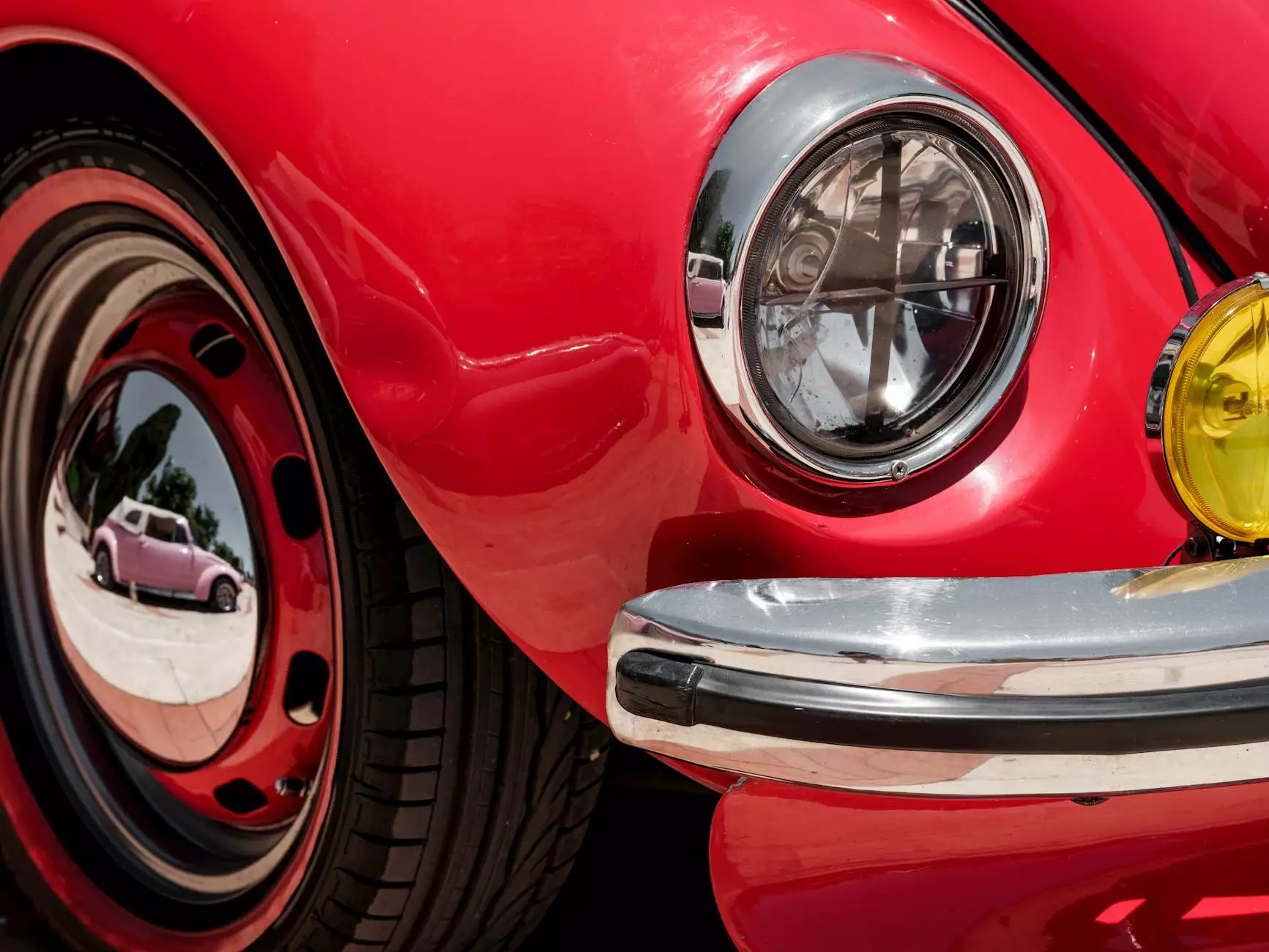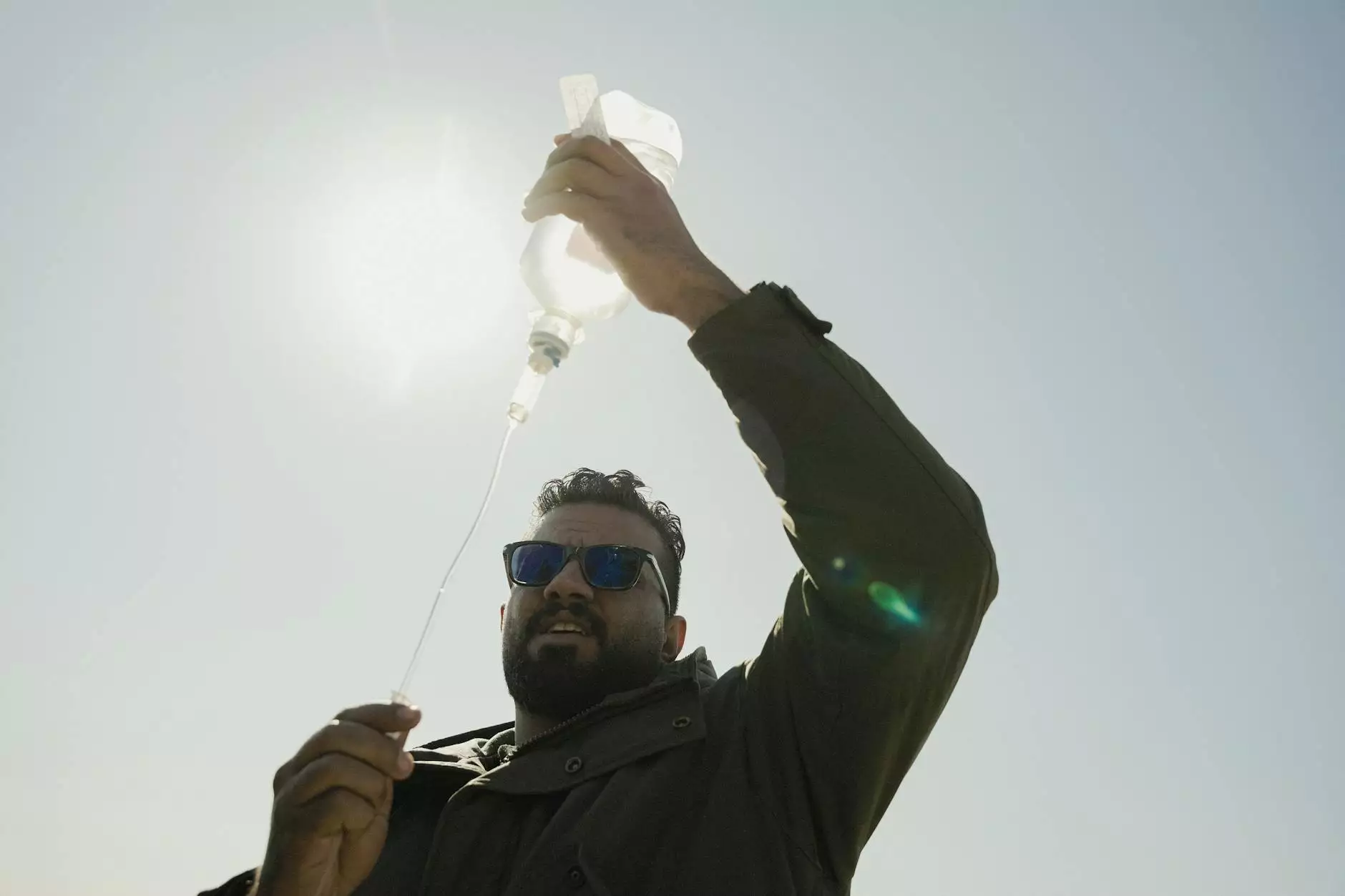Essential Recovery Gear for Your Jeep Adventures

For off-road enthusiasts, the thrill of traversing rugged terrains is unparalleled. Whether you're negotiating muddy trails, climbing steep hills, or navigating rocky paths, having the right recovery gear for your Jeep is crucial. This guide explores essential tools and tactics to ensure you’re always equipped for the unexpected, maximizing both safety and adventure.
Why Recovery Gear is Crucial for Jeep Owners
When it comes to off-roading, there's always a possibility of getting stuck or facing a breakdown. The wilderness, while stunning, can be unforgiving. Having robust recovery gear means you can navigate obstacles and recover your vehicle without needing outside help. Here are several reasons why investing in recovery gear for your Jeep is not just wise; it's essential:
- Safety: Ensures your safety by allowing you to extricate your vehicle quickly.
- Efficiency: Time-efficient recovery reduces the chance of danger from environmental factors.
- Cost-Effectiveness: Avoid potentially costly towing fees by being self-sufficient.
- Enhanced Adventure: Enjoy your journeys with peace of mind, knowing you're prepared for any challenges.
Key Items for Your Jeep Recovery Kit
Creating a Jeep recovery gear kit involves selecting essential items tailored to your specific off-road endeavors. Below is a comprehensive list of the key components you should include:
1. Tow Straps
Tow straps are vital for pulling a vehicle out of mud, sand, or ditches. When choosing tow straps, consider the following:
- Strength: Ensure it has a significant weight rating that exceeds your Jeep's weight.
- Material: Look for durable materials like nylon that provide elasticity and strength.
2. Winches
A winch is perhaps the most effective tool for self-recovery. It can help pull your Jeep through the toughest situations. Consider a winch with the following features:
- Load Capacity: Choose a winch with a capacity of at least 1.5 times your Jeep's weight.
- Power Type: Decide between electric or hydraulic based on your typical off-road conditions.
3. Shackles
Shackles are essential for connecting tow straps or winches to your vehicle securely. Ensure that they are rated for loads exceeding the combined weight of the vehicles involved in the recovery.
4. Recovery Boards
These are invaluable when stuck in soft terrain. Recovery boards provide traction and allow you to drive out of sticky situations. Look for:
- Material: Choose reinforced plastic boards for durability.
- Length and Width: Longer boards provide better coverage, allowing for easier traction.
5. Tire Repair Kits
Flat tires can happen anywhere; having a reliable tire repair kit can make a significant difference. A good kit should include:
- Patches: For small punctures.
- Inflation Tools: A portable air compressor helps fix flat tires on the go.
- Sealants: Instant repair solutions for small leaks.
6. Dynamic Recovery Rope
A dynamic recovery rope is designed to stretch slightly when under load, making it ideal for recovering a stuck vehicle. The stretch absorbs shock and provides a smoother extraction process. When choosing one:
- Length: A longer rope gives more versatility for different situations.
- Strength: Ensure the rope rating is at least double your vehicle's weight.
Techniques for Efficient Recovery
Knowing how to use your recovery gear effectively is just as significant as owning it. Below are some essential techniques to keep in mind:
1. Assess the Situation
Before attempting recovery, carefully analyze the environment around your Jeep. Understand the terrain and obstacles that may impede your efforts. Consider:
- Gradient of the Slope: Steep slopes might require a different recovery strategy.
- Ground Conditions: Assess whether the ground is firm or loose.
2. Use the Right Gear
It’s critical to select the appropriate recovery tool based on the situation. For instance, a winch is preferred for steep inclines, while recovery boards could be paramount in muddy terrains.
3. Communicate
If you're off-roading with friends or family, clear communication is crucial. Let everyone know what your recovery plan is and ensure they are positioned safely away from the recovery area.
4. Apply Gentle Force
In most cases, gentle force works better than aggressive tugs. If using a winch, apply tension gradually to avoid snapping the cable. Utilizing a dynamic recovery rope can also help reduce shock loads.
Best Practices for Storing Recovery Gear
Storing your recovery gear properly will enhance its lifespan and ensure it's ready for use when required. Consider the following best practices:
- Dry Storage: Keep all recovery gear in a dry place to prevent rust and corrosion, particularly metal components.
- Organized Kit: Use bags or bins to keep items organized and easily accessible.
- Regular Inspections: Routinely check your gear for wear and tear. Replace any damaged components immediately.
Conclusion: Be Prepared for Any Adventure
Off-roading is an incredible pursuit filled with excitement and exploration. However, to truly enjoy your adventures, it’s imperative to be prepared with the right recovery gear for your Jeep. From tow straps to recovery boards, each item plays a crucial role in ensuring your adventures remain fun and safe. By equipping yourself with high-quality gear and understanding how to use it effectively, you can tackle any challenge the off-road throws at you.
For more detailed guides, comprehensive reviews, and everything related to automotive needs, including reliable auto parts and supplies or expert auto repair tips, visit us at offroad-zone.com. Your next off-road adventure awaits, and with the proper preparation, you can face it head-on!
recovery gear jeep








